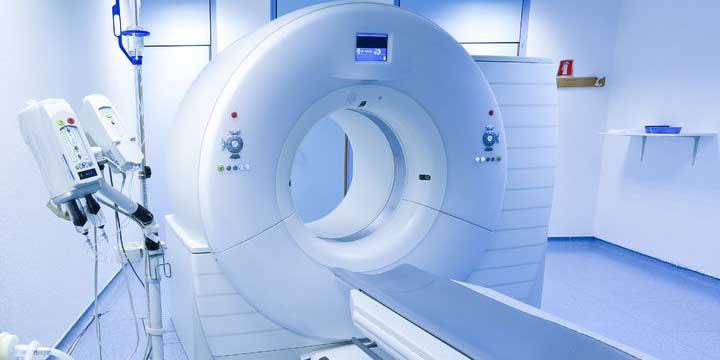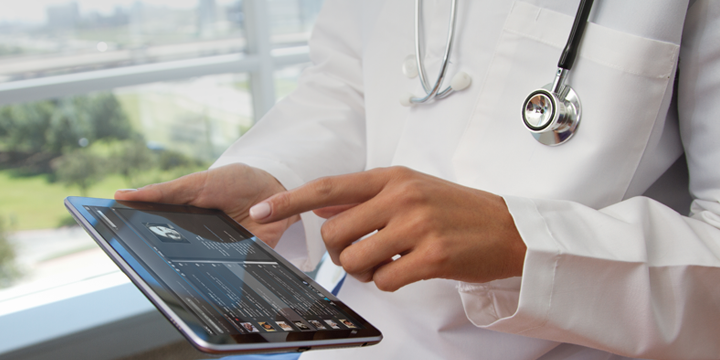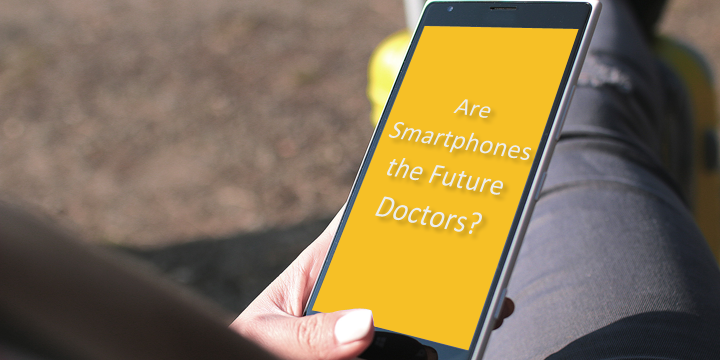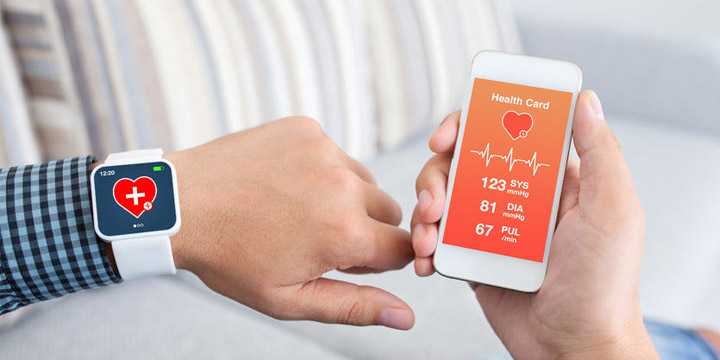Medical imaging is crucial for disease diagnosis and has advanced remarkably over the last few years with widespread adoption of imaging systems like MRI, CT & USG and technologies like Optical Coherence Tomography (OCT), Confocal Microscopy, Enhanced US Imaging Elastography, Atomic Force Microscopy (AFM), Raman Spectroscopy, Micro bubble Auto-fluorescence and IR Imaging. The development of Computer Aided Diagnosis has further enhanced diagnostic capability.
Continuous research and development in medical imaging improves clinical analysis and medical intervention substantially, changing the landscape of modern medicine. Some of the new trends in the medical imaging field include:
Tomosynthesis or 3D mammography: This cancer detection technology allows three-dimensional (3D) reconstruction of the breast tissue, which can then be viewed as sequential slices through the breast. This new technique reduces error and allows thorough examination of even dense tissue. Tomosynthesis facilitates detection of minute lung nodules and chest pathologies that can go undetected with conventional methods. This 3D imaging helps outline cancer morphology in patients and determine the stage of the disease with greater accuracy.
Multimedia enhanced radiology reporting (MERR): Electronic reports with imaging data give doctors, pathologists and patients the complete information to make better health decisions. The MERR reports help reduce errors, improve productivity with automatic inclusion of data from modalities and embed clinically rich insight such as key images, multi-media content, quantitative analysis & lesion management graphs into the final report. These insights help doctors make better diagnosis and lead to improved patient outcomes.
Cloud technology: Cloud technology allows electronic medical records to be placed on Cloud platforms, making it easier to share information with healthcare providers for completely integrated patient care. According to an article in Applied Radiology, the global Cloud computing marketing in healthcare was valued at $1.8 billion in 2011, and is expected to grow at 21% at a compounded annual growth rate (CAGR) of 21% to $6.8 billion by 2018. Cloud technology provides significant cost savings not only for patients but for healthcare organizations as well.
Centralization of clinical data: Centralization or unification of clinical data is necessary for improving patient care. Enhanced patient care requires collaboration from all departments and modalities involved in patient health decisions. Vendor neutral archives (VNAs) are evolving beyond being a storehouse for radiology, making it possible to store and exchange clinical content in DICOM and/or non-DICOM formats for efficient information management.
Telemedicine: The global market for Telemedicine is growing rapidly. It is expected to cross more $27 Billion in the coming year. By 2018, most of interaction with healthcare organizations is expected to be through mobile devices, making it more convenient and cost effective to access healthcare. Wearable technologies help improve data collection and management in real time. Now virtual reading, diagnoses, and reporting will help to provide enhanced medical care to patients in remote areas with poor access to basic facilities.
References –
http://www.carestream.com/blog/2015/01/29/top-medical-imaging-trends-2015/








